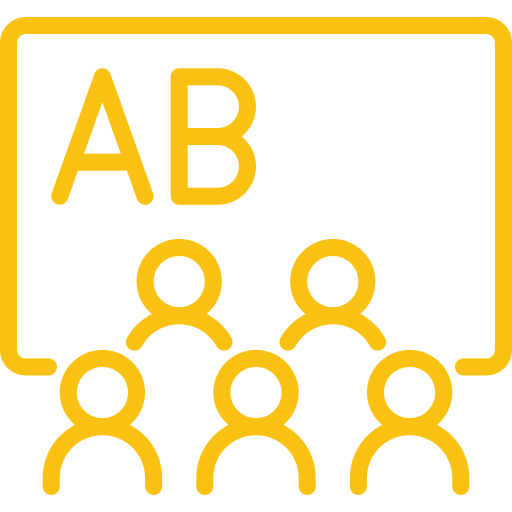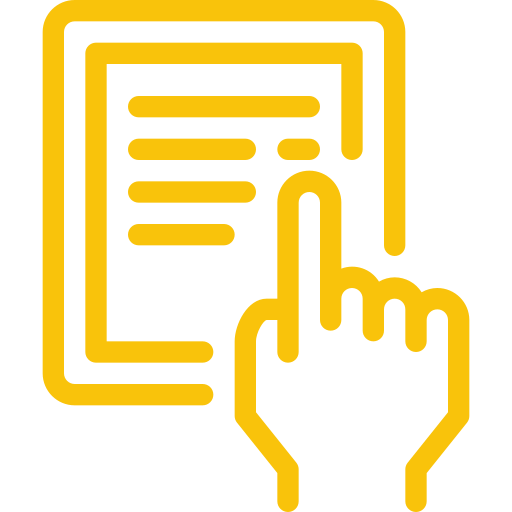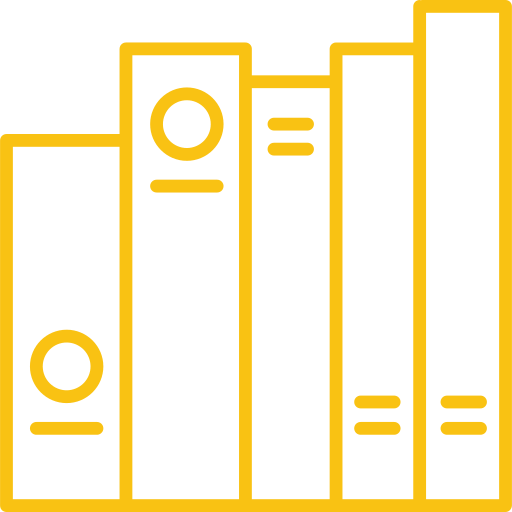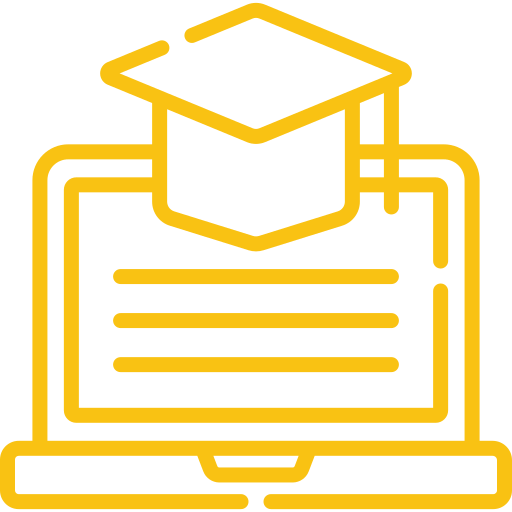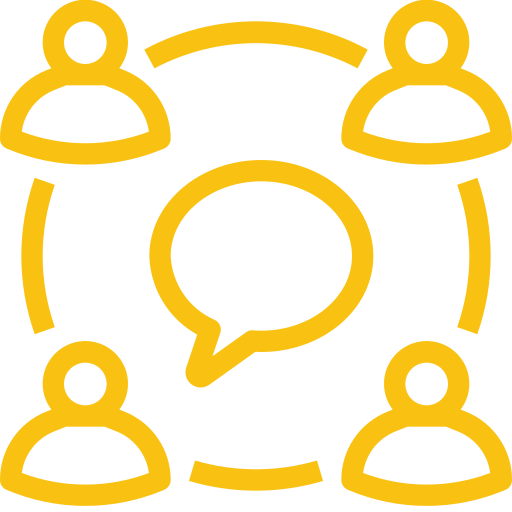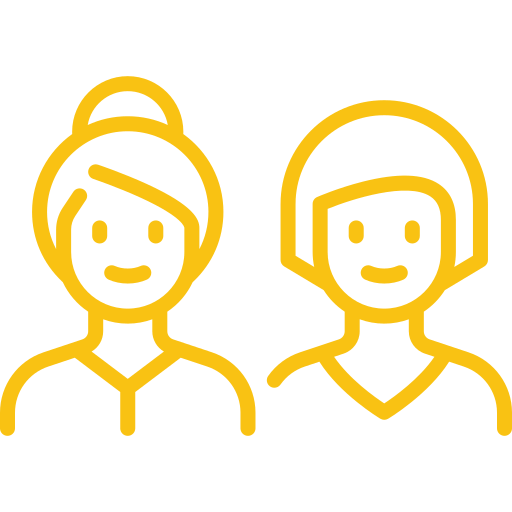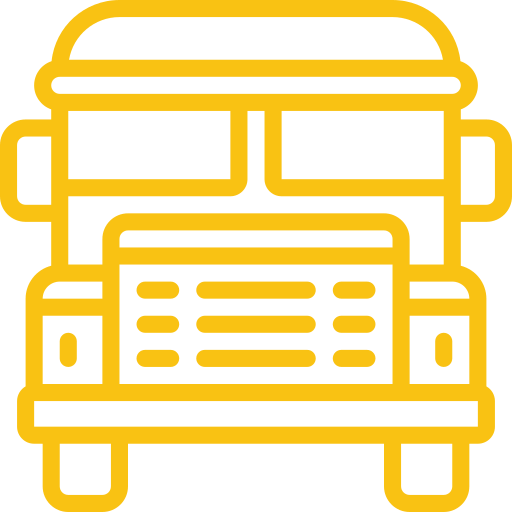From hiding phones behind laptops to hushed whispers disrupting focus, student behavior can make or break a learning environment. While every teacher hopes for a classroom where everyone is engaged and respectful, sometimes, student behavior presents challenges. What can educators do? Let’s explore proven strategies and examine this issue from different perspectives.

Understanding the Roots of Student Behavior
Before jumping to solutions, consider the reasons behind certain behaviors. Sometimes, acting out signals a deeper issue. This could be a personal or family problem, a health concern, or academic difficulties, as noted by the Eberly Center at Carnegie Mellon University.
As the Child Mind Institute points out, “behavior is communication.” Even disruptive actions express a need. A student exhibiting disruptive behavior might be struggling with their mental health or other classroom conduct issues, and that impacts other student’s ability to participate. Consider involving special education and support staff when appropriate to address these students individually and to assist public school teachers with a student exhibiting challenging behaviors.

Effective Strategies for Managing Student Behavior
Many methods can help manage behavior. Building classroom routines, providing positive feedback, and having one-on-one conversations can improve classroom behavior. Setting clear expectations is crucial. But do this collaboratively, not as a dictator.
Involve your students in setting ground rules. As education expert Linda Dusenbury explains, if students participate in creating classroom rules, they’re more likely to follow them. The guidelines become *their* rules, not just the teacher’s. This can transform student behavior. It improves the learning environment for the entire class which helps student success.
Building Structure and Routine
A structured routine creates predictability. This reduces uncertainty and anxiety for students. Giving even disruptive students responsibilities provides them with a sense of purpose.
Simple non-verbal cues, like a hand gesture, can redirect a student. Look to violence prevention programs if disruptive behavior continues and becomes an immediate concern. Students need a classroom culture designed to limit behavior problems, especially those who spend a lot of time going from school to school.
Positive Feedback and Encouragement
Positive reinforcement is essential. Frequent positive feedback can be incredibly effective. In my classroom, it created a fun, growth-centered environment where good behavior became its own reward.
Rewarding positive behaviors often prevents disruptions. Other veteran educators agree that students respond to positive feedback.
Aiming for a 4:1 ratio of positive-to-corrective feedback fosters a supportive classroom. Consider a reward system. Educator Kasie Longoria’s system showed a tremendous decrease in discipline problems.
Addressing and Managing Disruptive Behaviors
What about genuinely disruptive student behavior? Here’s how to respond fairly, respectfully, and in a way that helps the student learn and grow.
- Check Yourself: Ensure you’re calm and ready for a productive conversation, not an emotional one.
- Check the Environment: Talk to the student privately, away from others. This can discourage negative attention-seeking behaviors.
- Start with an Observation and an Open-ended Question: Focus on specific observed facts. This helps keep the discussion grounded and avoids bias. Try, “I noticed you had a hard time sitting still today.” Keep the conversation open-ended, letting the student guide it.
- Avoid Shaming and Validate: Don’t lecture. Offer empathy and understanding. Listen without interrupting. Acknowledge their feelings: “I can imagine being frustrated. Can you tell me more?” Empathy encourages receptiveness to positive feedback instead of defensiveness.
- Problem Solve Together: Ask, “What could we do next time?” so they suggest solutions. Help them own those changes. Reframe negative self-talk from “I can’t…” to “I can…”. This empowers them toward positive change and better behavior.
- Stay Informed on Best Practices: Explore resources like Edutopia for deeper insights into effective strategies. Consult school administrators and support staff for additional assistance, especially when individual students have behavioral problems. Early intervention during the school year could result in increased overall general academic improvement.
Dealing with Student Behavior and Technology
Technology in the classroom presents its own behavior challenges. Hallway fights might be filmed and posted online. Teachers spend time responding to bad online student behavior, from plagiarism to simply not submitting work. Cell phone use, for social media or games, is another big challenge.

Setting Expectations and Ground Rules for Technology
Many sources, including Carnegie Mellon University’s Eberly Center, recommend including tech expectations in your syllabus and first-day discussions. This should include classroom management around technology as students participate in classroom activities. Teachers should build trust with students on using technology to aid in student success and set expectations to engage students.
Common Sense emphasizes the importance of digital literacy and cyber-citizenship. Be clear about appropriate use, consequences, and how these rules contribute to positive learning.
Addressing Cyberbullying
If conflicts escalate into online harassment, intervene immediately. This protects students and teaches digital responsibility. Involve parents and school administration, as cyberbullying extends beyond school.
Recognizing the Role of Student Mental Health
Student mental health plays a critical role in behavior. Student behaviors can stem from various underlying anxieties, according to the Association for Children’s Mental Health (ACMH). This often has a negative impact on students individually and addressing behavior issues by understanding students’ mental health may increase overall improvement in student participation in the classroom.
The Teacher’s Role in Mental Wellness
Educators must create a safe space and show genuine care. Actively build relationships by asking students about their lives. Public school teachers can use body language to show genuine interest in their well being. Office hours may be an important time for teachers to offer one-on-one time with students. Sometimes, understanding and managing student behavior requires outside help.
Working with parents or professionals can help identify the root of a student’s issue and offer concrete solutions. Open communication with parents helps you manage behavior, even when you cannot address each individual student. Sometimes working in small groups and giving development opportunities can result in positive behavioral change that improves the classroom climate. These small group office hour time slots can also provide opportunities for the classroom teacher and student exhibiting difficult behaviors to build trust and create positive learning opportunities without embarrassing the individual student. By offering students one on one, private sessions for behavior resolution you can ensure the utmost level of privacy and support.
FAQs about student behavior
What are student behaviors?
Student behaviors encompass actions and attitudes displayed during learning. This includes class involvement, conflict resolution, responsibility with assignments, and independent work habits. Behaviors can include how they interact within small groups, body language they may exhibit during learning exercises or one-on-one instruction.
What are 5 challenging behaviors in the classroom?
Five common challenging behaviors include excessive talking, leaving their seat without permission, inattention, defiance, and bullying. Public school teachers reported other classroom behaviors such as refusal to follow directions from teaching staff and difficulty managing behavior when not completing assignments or general academic tasks on time.
What are examples of student misbehavior?
Misbehavior varies widely, from talking out of turn and being late to not following directions. More severe issues include bullying and threats. Since around 2020, student behavior has evolved due to digital access. Refusal to do online work, cheating, and cyberbullying have all created disciplinary challenges and a digital paper trail where teachers reported needing more development opportunities around student behavior related to online environments.
When students refuse to follow teacher instructions, teachers know they’ll have a hard time engaging them, something that has never really changed. Most teachers will tell you we have an increase in our workload, particularly in the area of behavior management, needing more support staff and training. Classroom behavior, particularly disruptive behavior, makes or breaks learning at every level.
What are the 5 P’s of classroom behavior?
The “5 P’s of classroom behavior” can sound like jargon, seeming impersonal, especially to children, and may backfire during interventions. A straightforward approach is usually better when a child misbehaves. Building relationships and focusing on individual students with disruptive behaviors improves overall class participation. Help kids work toward individual improvements that offer personalized learning opportunities. Restorative practices often work more efficiently rather than labeling challenging behaviors with rigid frameworks that have little or no positive effect. Spending time learning about your students can result in more success as public school teachers learn about and better manage behavior.
Conclusion
Addressing student behavior is not about rigid rules, but about understanding and fostering growth. Investing time and focusing on solutions creates dynamic learning environments where kids thrive. Patience, empathy, and thoughtful strategies can improve student behavior for everyone. Each teacher can offer one-on-one support when a situation requires privacy, ensuring sensitive student matters are handled discreetly.
If you are looking to learn more, consider taking one of our graduate classes here at MTI. We offer the most affordable graduate classes on the market, developed by real teachers. We offer professional development in the form of graduate classes, such as this one, to help you gain more tools to help improve your teaching experience.

Unlike other companies, we have zero hidden costs, and we provide the syllabus before you sign up. Some surprises are good, but they shouldn’t involve your money or time.
And if you’re interested in teaching with us, feel free to reach out via any of our social media links, or send an email to [email protected] for more details.
